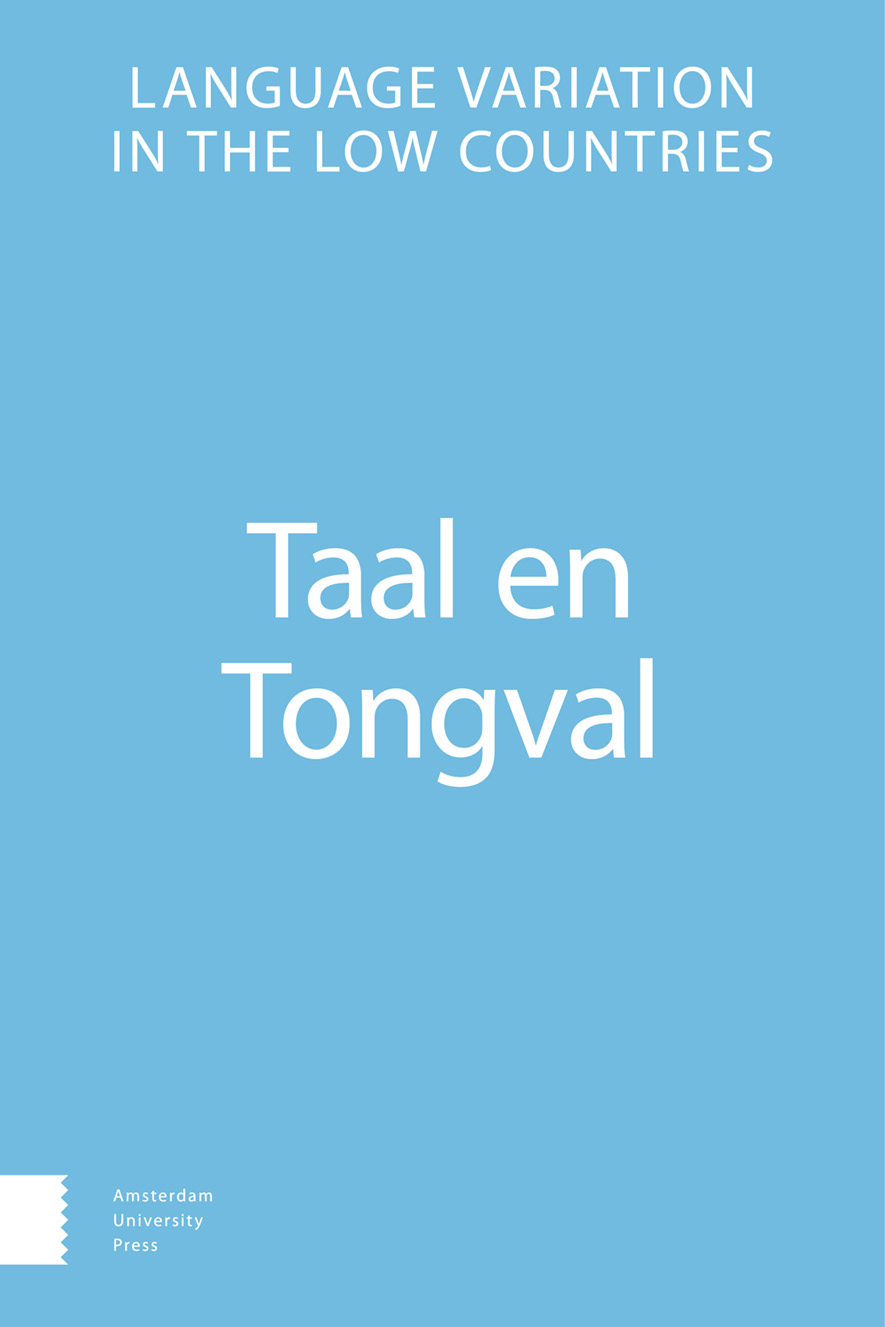- Home
- A-Z Publications
- Taal en Tongval
- Previous Issues
- Volume 71, Issue 2, 2019
Taal en Tongval - Volume 71, Issue 2, 2019
Volume 71, Issue 2, 2019
-
-
oa Meertaligheid en onderwijs van moderne talen in de 16de eeuw
More LessAuthors: Miriam Bouzouita & Ulrike VoglAbstract Multilingualism and modern language teaching in the 16th century: the interjection hola as a possible case of language contact in the Colloquia, et dictionariolum In this paper, we explore the semantic-pragmatic functions of the interjection hola in the Dutch, French and Spanish versions of the Colloquia, et dictionariolum, printed in Antwerp, as a possible case of language contact. The Colloquia, et dictionariolum, Read More
-
-
-
oa ‘Adieu, Vaarwel, groet mijne zo Waarde Ouders’
More LessBy Emmy StevensAbstract ‘Adieu, Vaarwel, groet mijne zo Waarde Ouders’: The usage of French loan suffixes and loan words in a nineteenth-century family correspondence The French cultural hegemony in Europe over the course of the seventeenth and eighteenth centuries affected Dutch society. During the French period (1795-1813), the French influence on Dutch politics was significant as well. As a result, the Dutch language ‘fre Read More
-
-
-
oa Hoe een verlichtingsideaal een taal wist uit te roeien
More LessAbstract How Enlightenment eradicated a language: About the disappearance of Yiddish in the Netherlands This study discusses the disappearance of Yiddish in the Netherlands. At the end of the 18th century a small group of progressive Jews, inspired by the French Revolution and the ideas of the Jewish Enlightenment Haskalah, tried to implement changes in the Jewish community of Amsterdam. One of the innovations they pr Read More
-
-
-
oa Differential invisibilization and its aftermath
More LessAuthors: Monica Macaulay & Joseph SalmonsAbstract Not only can monolingual histories mask multilingual practices, but writing languages out of history happens very differently even in the same time and place. We examine two cases in one historical setting, an Indigenous language and an immigrant language in Wisconsin (U.S.), Menominee and German. The widespread view of the United States today as an English monolingual state reflects an ongoing process o Read More
-
-
-
oa Doukhobor Russian (South East Slavic), Salish (Sinixt, SENĆOŦEN [Sənčáθən, Sénəčqən]), Standard Russian, Ritual Language, ქართული ენა [kharthuli εna, Kartvelian], and Altaic (Turco-Tataric – татарлар)
More LessAbstract Due to the 250-year status of their language as an oral language (but see below the reference to Georg Brandes [1888]) the only hard evidence we have just what the Doukhobors’ language was like, are the interviews conducted with Doukhobor elders in the 1960’s, i.e., those speakers who had brought the language with them in their mass migration to Canada in 1899. Some glimpses can also be gained by the Read More
-
-
-
oa Multilingual practices in late medieval Swedish writing
More LessAbstract Late medieval Sweden was a multilingual society. At least three languages – namely Old Swedish, Low German, and Latin – were in use, beside other regional languages. While the influence of Low German is easily detectable in all parts of the Swedish language system and has been investigated rather thoroughly from a historical sociolinguistic point of view (cf. Braunmüller 2004), the role of Latin has been rather ma Read More
-
Volumes & issues
Most Read This Month
Article
content/journals/00398691
Journal
10
5
false
en

Most Cited Most Cited RSS feed
-
-
oa Taaldiversiteit in Nederland
Authors: Hans Schmeets & Leonie Cornips
-
- More Less

